Since its very founding, Pennsylvania has been known for its religious tolerance, which drew many groups escaping persecution in Europe. One such group was the Harmonists.
The Harmonists were founded in Iptingen, Germany in 1785 by Johann Georg Rapp. Following years of persecution, Rapp left for the United States in 1803 to find a new home for his religious sect.
In December 1804, Rapp purchased 4,500 acres in present-day Butler County. The village, which came to be known as Harmony, would be their home until 1815 when they moved to New Harmony Indiana. The Harmony Museum in Butler County still tells the story of the Harmonist’s time in the area.
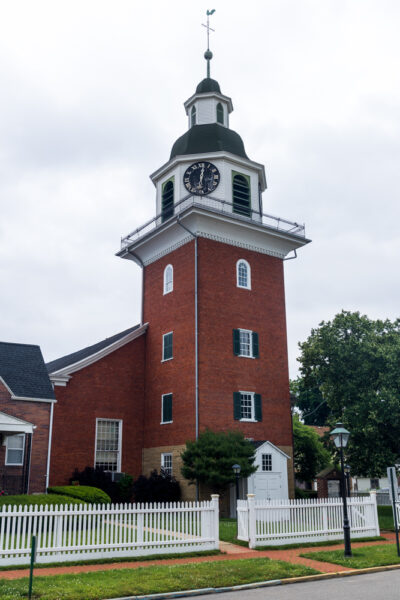
The Harmonists, who were now known as the Harmony Society, lived at their settlement in Indiana until 1824. At this time, they moved back east and settled for the final time along the banks of the Ohio River in present-day Beaver County. They named their community Economy.
The community at Economy would thrive for many decades. This communal society was well known for its production of cotton, wool, silk, lumber, wine, and much more. They also made many shrewd investments in railroads and other industries.
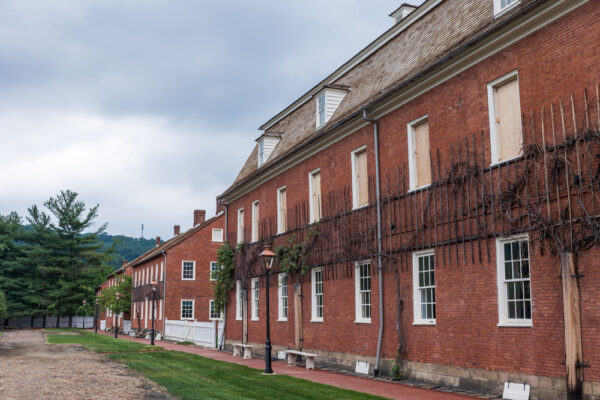
However, despite their success, the celibate society struggled to gain new members and, in 1906, the Harmony Society was dissolved.
Today, a six-acre site known as Old Economy Village sits on the outskirts of Ambridge, Pennsylvania, near the Allegheny County line. The site is run by the Pennsylvania Historical Museum Commission and tours of this historic village are offered throughout much of the year.
Visits to Old Economy Village start in the modern visitor center, which is located on the edge of Old Economy Village. This visitor center features a state-of-the-art museum space, as well as a 13-minute film about the history of the Harmony Society, which is a great introduction to the site.
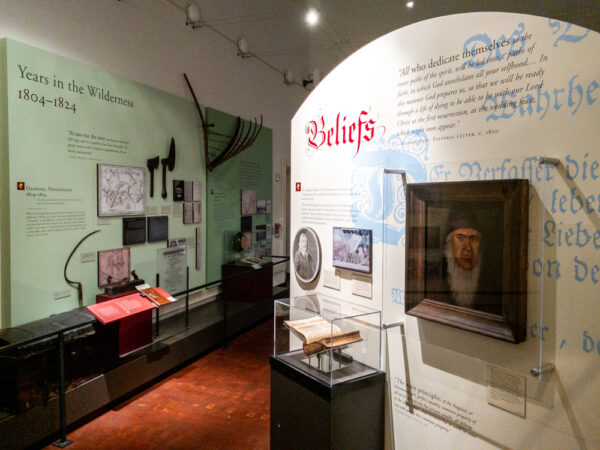
I definitely recommend watching the video before your tour if possible has it really does a great job of setting the scene for the guided tours.
The museum is definitely worth seeing as well, though I think it’s best saved for after the tour. The museum does a great job covering the story of Old Economy Village and even has some historical items related to the community that are fun to see, especially once you have a feel for the village. However, it can certainly be done before the tour, as well, if that fits your schedule better.
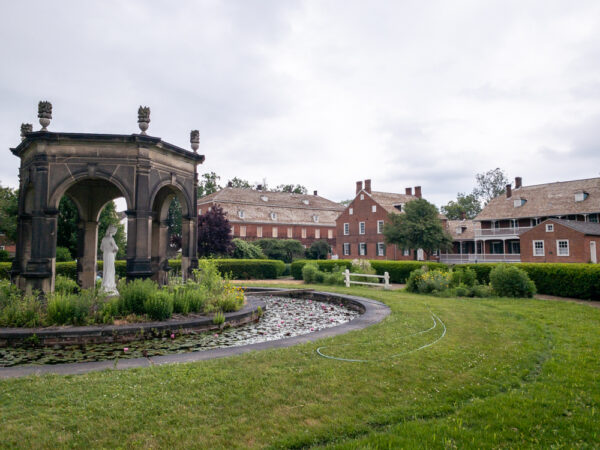
Tours last about 60-75 minutes and start at the visitor center. From there, the tour walks the two blocks to the main portion of Old Economy Village. Along the way, you’ll walk past many buildings that were associated with the Harmonists that are now private homes and businesses.
If you are unable to take a tour or want to see more of the area after your tour, there is a self-guided walking tour brochure that you can pick up at several spots around town that will guide you through the dozens of buildings around the area.
However, only on the guided tours can you enter into the fenced-off area that includes the best preserved of the Harmonist buildings.
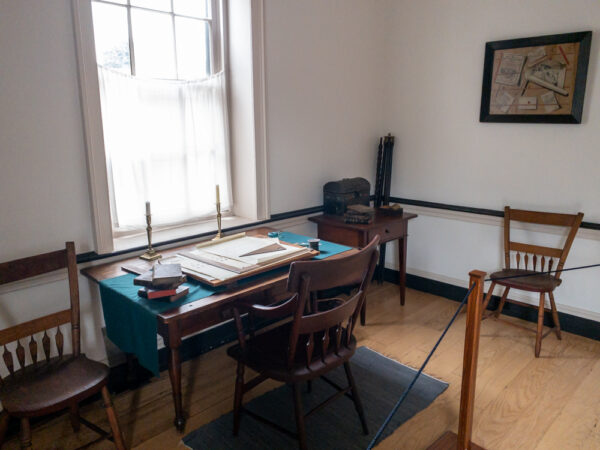
Inside this fenced-in area, you’ll find roughly a dozen structures, including the house of Johann Georg Rapp, the house of his adopted son (and the second leader of the Harmonists) Frederick Rapp, the Harmonists meeting hall, and many others. There is also a beautiful garden that I wish I had had more time to explore during my visit.
The two Rapp houses, which are actually interconnected, offer some nice insight into what the homes of the community’s leaders were like. In the space, you’ll find a mixture of period furniture and original furniture.
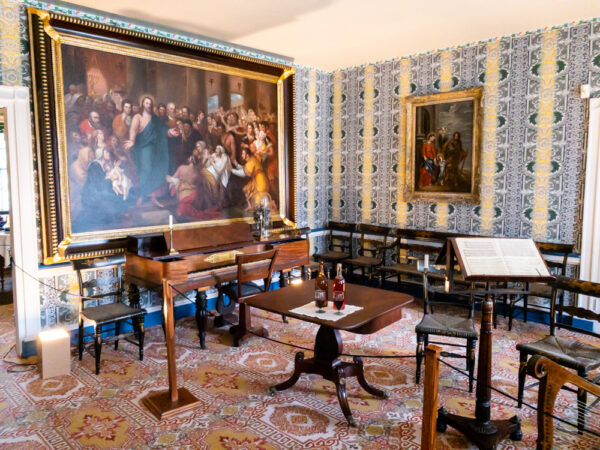
Docents do a great job explaining the many things that you see and telling the story of the community.
In addition to these two homes, the tour visits several industrial buildings where visitors can learn about the Harmony Society’s many successful ventures.
It was especially neat heading underground into the society’s massive wine cellar. This is truly one of the most impressive spots at Old Harmony Village and worth the steep staircase to go down and see.
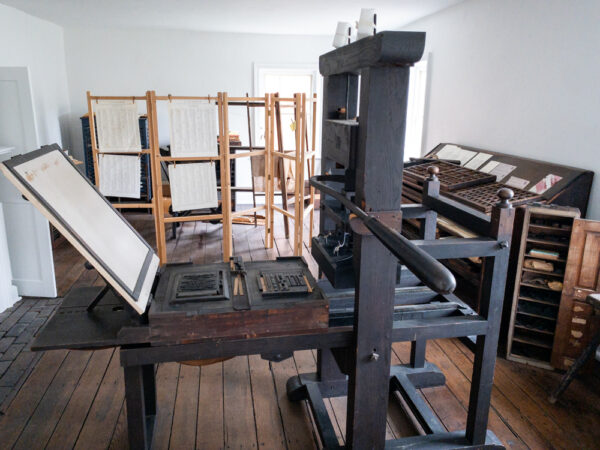
Another interesting spot in the village was the home of a regular member of the Harmony Society. While they were smaller and a bit plainer than the Rapp houses, they weren’t significantly lower in quality.
It was interesting to stand in the home and learn about the unique customs of the Harmonists during their time in this community.
The final building of the tour was also one of the most interesting. This building featured the Harmony Society’s museum and classrooms on the first floor and their gigantic Feast Room on the second floor.

The Feast Room is a massive open room where tables were set up to celebrate special occasions in the community. It is still used for events and meals even today.
The lower floor contains the society’s museum, which was one of the first museums in western Pennsylvania. Because of this, it would attract visitors from outside of the Harmonist community who would pay 10 cents to visit.
This museum featured many fine paintings, curiosities, taxidermied animals, and much more. While most of the exhibits in the museum were sold over the years, Old Economy Village has done an excellent job recreating it, and it was quite interesting to explore and see what a nearly 200-year-old museum was like.
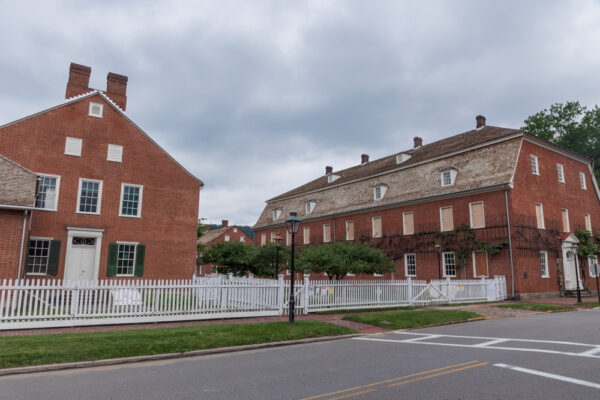
Overall, Old Economy Village is a great spot to visit in Beaver County, Pennsylvania. In fact, if you only have time to visit one place in the county, this is the spot I’d recommend checking out.
Even better, combine this with a visit to the Harmony Society’s first community in nearby Harmony, PA, and really get a complete picture of this unique religious sect and their life in Pennsylvania.
Looking for even more places to visit nearby? Check out the Little Beaver Historical Society, the Captain William Vicary Mansion, the Depreciation Lands Museum, and the Civil War Room in Carnegie.



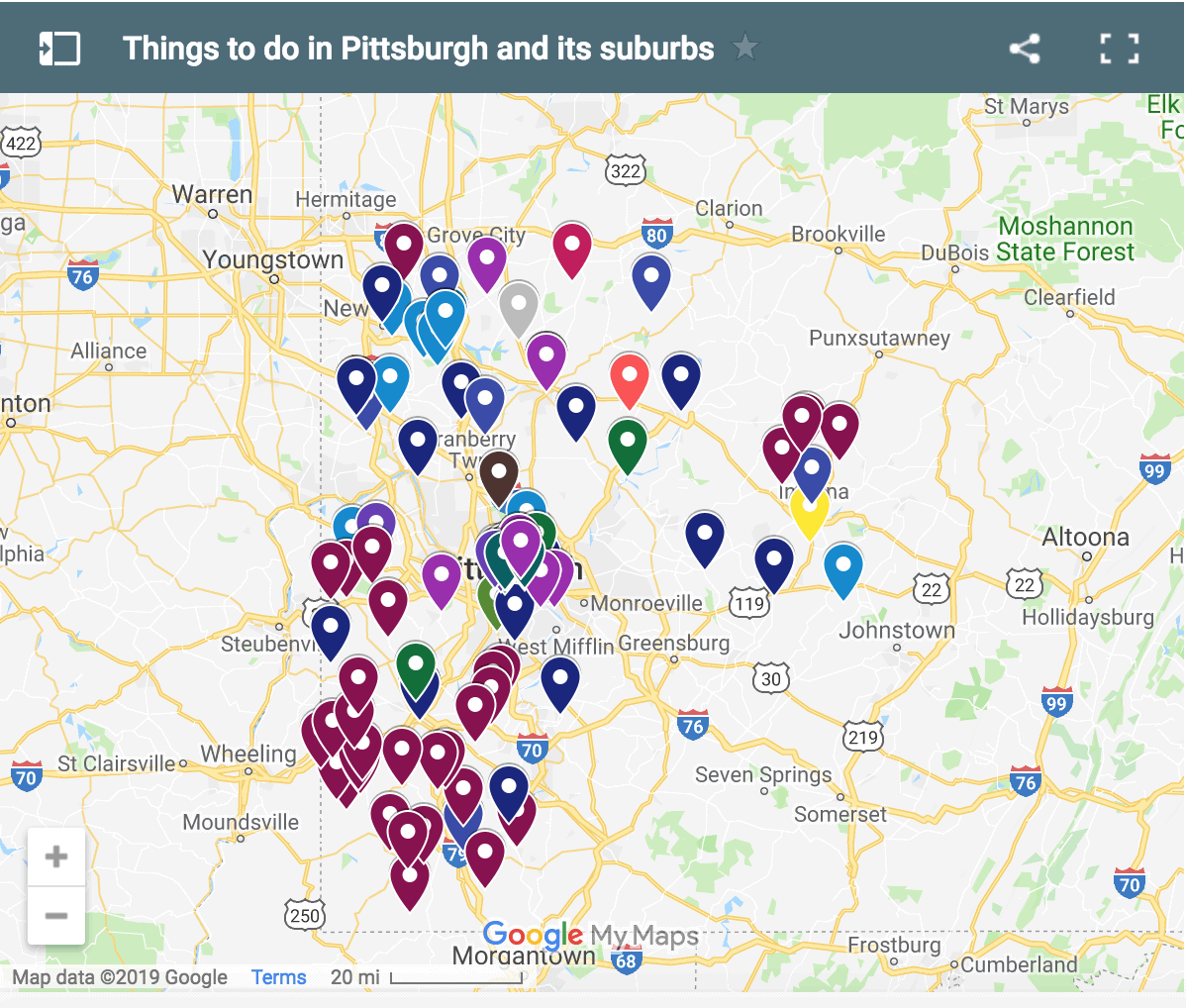 "
"
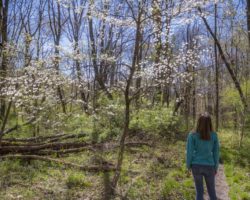
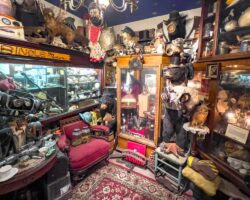


Being a lifetime, 3rd generation printer, I would be extremely interested in visiting the room with the old printing press and related equipment and type cases in the Old Economy Village. And to view examples of material that may have been printed on that press.
It’s a great printing press. They say it’s the oldest printing press in the United States that is still in its original location.